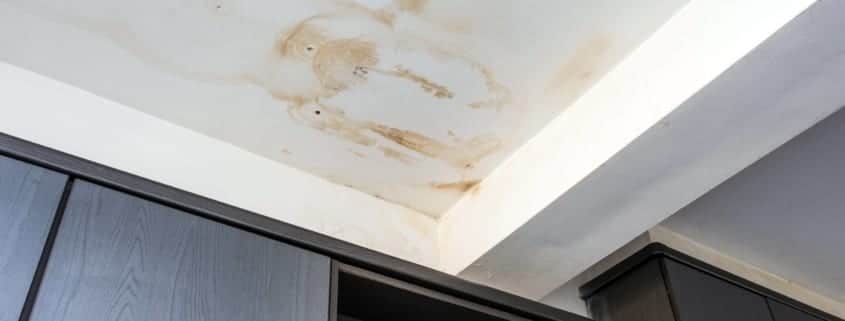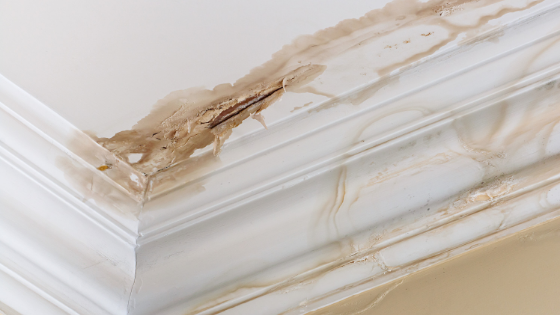Steps to Inspect and Address Water Stains on Walls
Steps to Inspect and Address Water Stains on Walls
Blog Article
The article in the next paragraphs on the subject of Indicators of Water Damage Behind Walls is exceptionally stimulating. Read it yourself and decide what you think about it.

Water stains on walls are not pleasurable to the eyes. Often it appears practically inevitable to experience water discolorations on walls in residences.
Property owners staying in moist regions frequently handle the concern of water discolorations on walls. Yet that doesn't need to hold true for you. With accurate as well as well-shaped information on the root causes of water stains as well as punctual repair procedures, you will certainly always be a step ahead of such events. So, this short article guarantees to be a helpful guide for you.
3 Typical Root Causes Of Water Discolorations on Wall Surfaces
Contrary to popular belief, water spots on walls do not always stem from inadequate structure materials. There are a number of reasons for water stains on walls. These include:
Poor Water drainage
This will prevent water from permeating right into the walls. This links to too much dampness that you discover on the walls of your structure.
So, the leading source of damp walls, in this instance, can be a poor drainage system. It can additionally be due to poor monitoring of sewage pipes that go through the structure.
Damp
When warm damp air consults with dry cool air, it triggers water beads to base on the walls of structures. This happens in kitchens and bathrooms when there is vapor from cooking or showers. The water droplets can tarnish the surrounding walls in these parts of your residence and infect other locations.
Damp or condensation impacts the roof and walls of structures. This causes them to show up darker than other locations of the house. When the wall surface is wet, it develops an appropriate environment for the development of microbes as well as fungis. These might have unfavorable impacts on health, such as allergies and also respiratory problems.
Pipe Leaks
Many residences have a network of water pipes within the wall surfaces. It always boosts the viability of such pipelines, as there is little oxygen within the wall surfaces.
A drawback to this is that water leak affects the wall surfaces of the structure and triggers prevalent damage. A dead giveaway of faulty pipelines is the look of a water stain on the wall.
Water Discolorations on Wall: Repair Work Tips
When dealing with water stains, homeowners would typically want a fast repair. Yet, they would certainly quickly recognize this is detrimental as the water stains repeat. So, here are a couple of helpful suggestions that will assist you in the repair service of water spots on wall surfaces:
Pro Tip
A houseplant in your house likewise enhances its humidity. So, if your house is currently humid, you might intend to introduce houseplants with minimal transpiration. An example of appropriate houseplants is succulents.
Conclusion
Although no one wants to have water discolorations on walls in their residence, it can take place to the very best of us. This post gives you leverage, as you currently recognize exactly how to handle this mishap if it does take place.
It is constantly best to recruit professional services to aid take care of the damages in your home.
Occasionally it appears practically unavoidable to experience water stains on wall surfaces in houses.
In contrast to prominent idea, water spots on walls do not always stem from inadequate building products. There are a number of reasons of water spots on walls. The water beads can stain the bordering walls in these components of your residence as well as spread to other locations.
Here are a few helpful ideas that will certainly direct you in the fixing of water spots on wall surfaces:
CHECKING FOR WATER DAMAGE
Water damage can be costly, and it may begin before you even notice the first signs of trouble. Water damage can cause mold and mildew in your walls and floors, which can create an abundance of health concerns for your family. It can also lead to costly repairs of various appliances and general home fixtures. To avoid the pricey consequences of water damage, here are Warner Service s top 5 places you should check:
The walls The easiest place to spot the beginnings of water damage is on the walls and ceilings of your home. If water damage is present, there will most likely be water stains, especially around the windows and doorframes, and/or cracks in the drywall. If a stain looks unusual (discolored to brown, black or gray, raised texture), has a swollen appearance or is soft to the touch, contact a professional immediately. The pipes To avoid water damage, consistently check the pipes in your kitchen (especially the dishwasher and ice maker), bathrooms, laundry room (specifically washing machines) and basement for corrosion, leaks and water stains. Pay special attention to where the pipes connect in your home and the location of caulking around the bathroom fixtures, including toilets, sinks, showers and tubs. Missing or loose caulking and grout could be signs of leaking water. This seepage can also quickly cause mold and rust, so double check your water heater and tank for wet spots on the floor. The floor Water damage is very easy to spot on the floor. Look for any warping or buckling of the material, especially in the basement. If your home has wood flooring, look for bright white or dark stains. If your home has carpeting, keep it dry and clean. A damp carpet that smells of mold could cause water damage and health problems. To avoid this, consider installing floor pans under your appliances to help prevent damages from small, slow and undetected leaks. The basement and attic If your basement or attic smells odd check for mold and mildew around the area, especially the valley where the roof meets. While you are inspecting those areas, check for wall cracks, floor stains, rust and dampness in the insulation. If you live in a colder and/or rainier climate, perform routine checks for water damage from melting snow or ice and rain. The exterior Check the roof for damaged flashing and missing, cracked or curled shingles. There should also be no standing water anywhere outside your home. This could be caused by puddles, leaky rain gutters or hoses, poor drainage, or short gutter spouts. Invest in a sump pump system or water flow monitoring system, and perform routine maintenance on these outdoor appliances to avoid indoor water damage.

We were brought to that write-up about Water Stains on Walls from an acquaintance on another web page. Enjoyed reading our blog entry? Please share it. Help another person locate it. We appreciate reading our article about .
Request Estimate Report this page